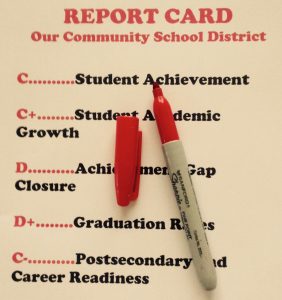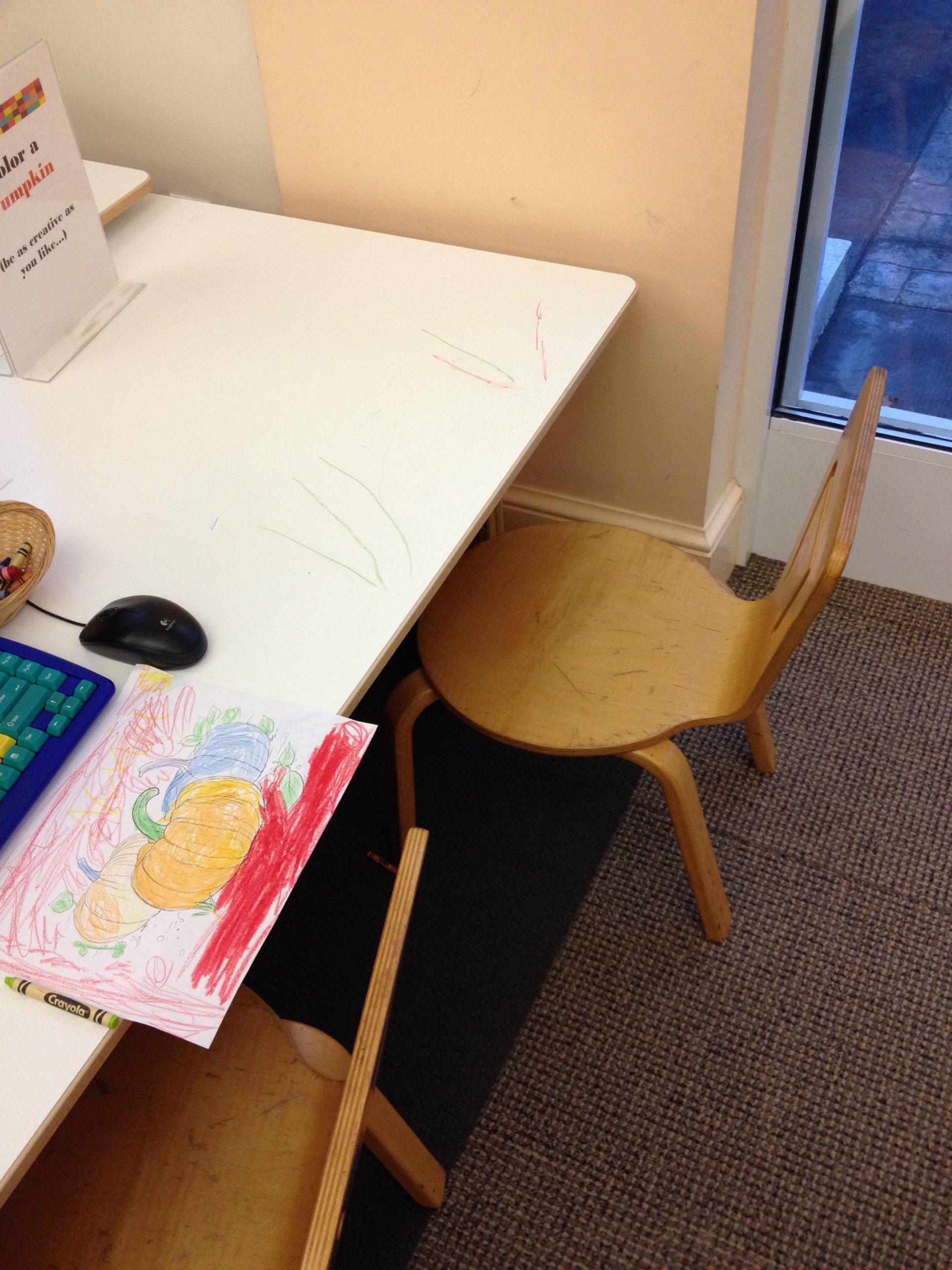 For more than a century, states have been creating ways of reporting to the public on the quality of our schools. Today, many schools throughout the United States receive annual reports, often referred to as ‘report cards’ or simply put – a letter grade. For most, there are five essential indicators for any state’s school accountability system – Student achievement, Student academic growth, Achievement gap closure, Graduation rates, Postsecondary and career readiness.
For more than a century, states have been creating ways of reporting to the public on the quality of our schools. Today, many schools throughout the United States receive annual reports, often referred to as ‘report cards’ or simply put – a letter grade. For most, there are five essential indicators for any state’s school accountability system – Student achievement, Student academic growth, Achievement gap closure, Graduation rates, Postsecondary and career readiness.
It’s been noted that many school officials recognize that letter grades do not give an accurate reflection of what is occurring in schools. Its purpose is for accountability – to analyze which measures best signal the quality of a school and determine how improvements can effectively be utilized to improve performance.
Complaints on the grading system stem from:
1. Too much emphasis (weight) is placed on test performance.
2. Too few subjects are tested.
3. Communication about how grades are determined is vague.
4. Formulas that determine the grade are too difficult to understand.
5. Public values are not reflected in the formula.
6. Too much bias between a school’s demographics and its performance levels.
Parents’ likes and dislikes vary. Parents favor a report card with clear and easy to understand graphics. Additional information on the school is also favored.
Concerns grow over schools that receive a low letter grade. Are they being punished because they are in a low-economic area? Is performance or overall growth being measured efficiently?
There is more to the quality of a school than a simple letter grade can reveal. Public schools are a target because of a low letter grade. It causes political controversy for creating more charter schools and distributing public money through vouchers to move selected students to private schools.
Public schools have always faced the challenge of classrooms of students from affluent families to the poorest families. They also provide assistance to the single parent families with multiple jobs who do not have time for education or schoolwork but still want quality education for their children.
Grading systems are the last thing public education needs – especially one that is based primarily on test scores, reflect the income status of the area, and contain ulterior motives. Students receive many grades during the course of a school year so how can a school be measured with a single letter? Each year it appears that new calculations, those of which are required by the State Board of Education, are tweaked and refined to provide a more accurate picture of the learning that is really happing our schools. And, at the end of each year, not everybody is satisfied with the changes.
Schools are about continuous improvement and providing students with a firm foundation to contribute to the needs of today’s world. Grades do not reflect the cumulative efforts made toward yearly educational goals set by our schools. Regardless of whether an A or a D is achieved, schools (administrators, and teachers) are not sitting around twiddling their thumbs. They enter the classroom everyday with high hopes of motivating and educating students. Students come to school with high hopes of learning something new. Parents send their children to school confident that they are receiving an excellent education. Everyone works hard day by day to close gaps and overcome the barriers of everyday life.
Our public education needs financial help so all schools are thriving. As it is now, at the end of the school day, most students feel they’ve achieved. A grade can’t be given to reflect the efforts of the community as a whole working together as a well-oiled cog. All it does is create cognitive dissonance within our communities.



